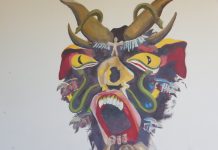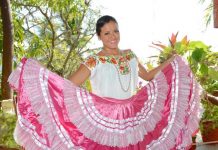Categorized and Counted for the First Time
By Patricia Ann Talley, Founder & Editor with Commentary by Candelaria Donají Mendez Tello, Co-founder of Mexico Negro, A.C.
As in the USA and Canada, the United States of Mexico (formal name) has a census count of its population every ten years. Mexico’s census was conducted in March 2020, unfortunately right at the time of the pandemic outbreak.
Census data is important and impacts communities in many ways. The data determines political representation, the allocation of governmental funding, plans for highways, support for education, hospitals, firefighters, and other public services.
The National System of Statistical and Geographical Information Institute (INEGI), collects and disseminates information about Mexico in terms of territory, resources, population, and economy. In 2020, for the first time in the country’s history, Afromexicans self-identified and were categorized and counted as such in the census.
Mexico’s Population Ranks #11 in the World
Mexico’s population is now 126 Million, placing it 11th in the world’s population following Japan. Men comprise 48.8% of the population; women 51.2%. Baja California has the greatest percentage of men; Oaxaca has the greatest percentage of women.
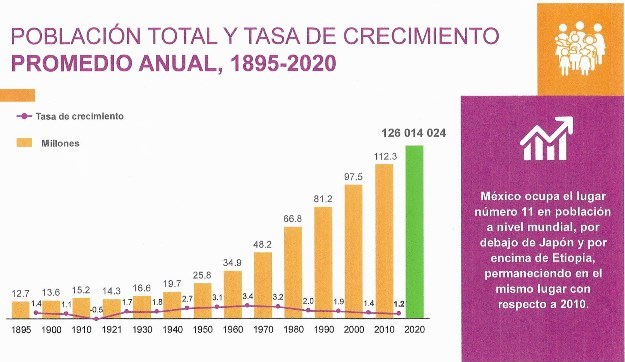
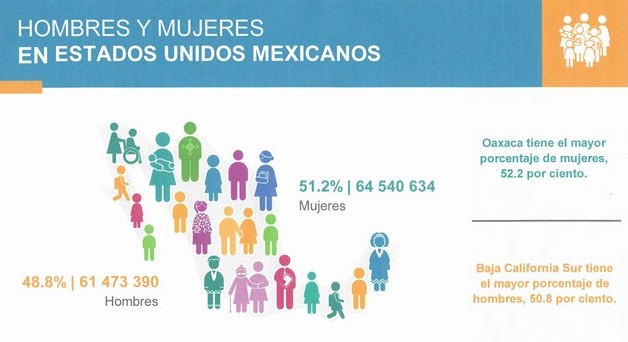
Birthrates are declining. The median age in Mexico is 29 years. This is compared to the median age in the USA of 38 years and 41 years in Canada.

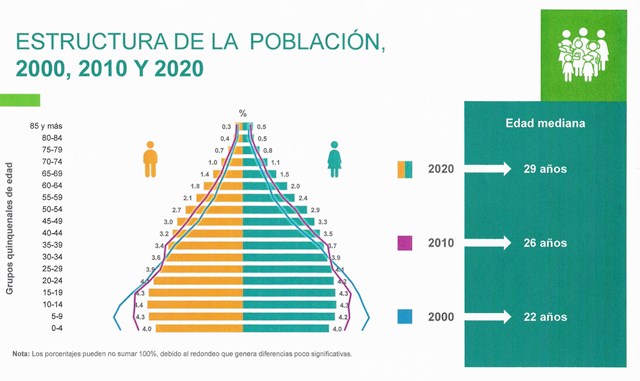
Indigenous Population
There are a total of 69 official languages recognized in Mexico – Spanish and 68 native languages. The Mexican government maintains a department of Indigenous and Afromexican affairs. The census shows that the population that speaks indigenous languages is declining.

Afromexican Population
Many people are not aware of the African presence in Mexico, because, over the past 500 years, it has not been taught. In colonial times, enslaved Africans outnumbered Europeans in New Spain by 3 to 11. The Catholic Church allowed “interracial marriages” so this population was “mixed” with the indigenous and Europeans.
“New Spain” (Mexico) also had a caste system based on race. Slavery was abolished in Mexico in 1829, before Canada (1834) and the U.S.A. (1865), under the administration of President Vicente Guerrero, who was of African descent. Upon its independence, Mexico eliminated the racial caste system. No official document in Mexico indicates a person’s “race”.
Over the past 20 years, Mexico Negro Civic Association and other civil rights groups in Mexico have led the movement for recognition in the country’s Constitution and census count so as to be equitably represented in politics, included in social programs, and for economic advancement.
For the first time in the nation’s history, the 2020 Census included information about the Afromexican population and communities. In the past, this population has been counted among the indigenous populations even though they have no unique language. Therefore, government representation, resource allocations, and other public services have not been equitably distributed to their communities. Again, “race categories” do not appear on any documents in Mexico.
The Census question was: “Do you, by your customs and traditions, identify yourself as Afromexican, Black, or an African descendant?”
A total of 2.5 million people self-identified themselves as “Afromexican” representing 2% of the country’s total population. The states of Guerrero (8.6%), Oaxaca (4.7%), Baja California Sur (3.3%), and Veracruz (2.7%) have the highest concentrations of Afromexicans. This presence on the Pacific Coast is a result of the Transpacific Trade Route when Spanish ships sailed to Africa, around Cape Hope to the Philippines, and then back to the ports of Acapulco and Zihuatanejo.
Commentary by Professor Mendez Tello, Co-founder of Mexico Negro, A.C.:
“The numbers still do not reflect an accurate count in many communities since the census happened right at the outbreak of the pandemic and there was an earthquake in the Costa Chica Region (southern Guerrero and southern Oaxaca). They stopped the census and used other means such as telephone or internet self-census, but in many parts of the country, we do not have these services. For example, Pinotepa Nacional, one of the largest Black Towns in Oaxaca does not even appear on the census map of Afromexican communities.”
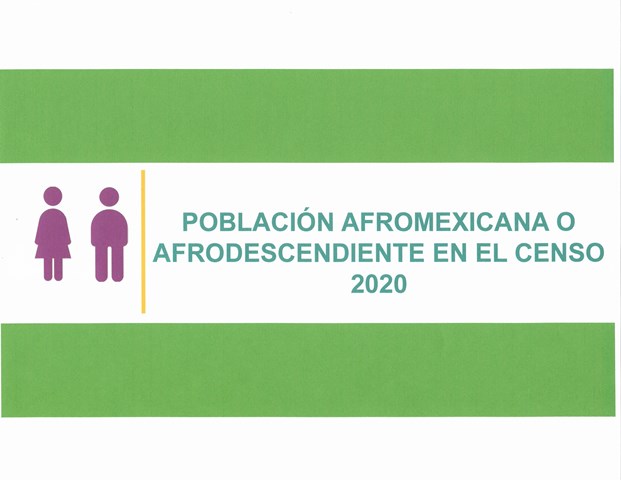

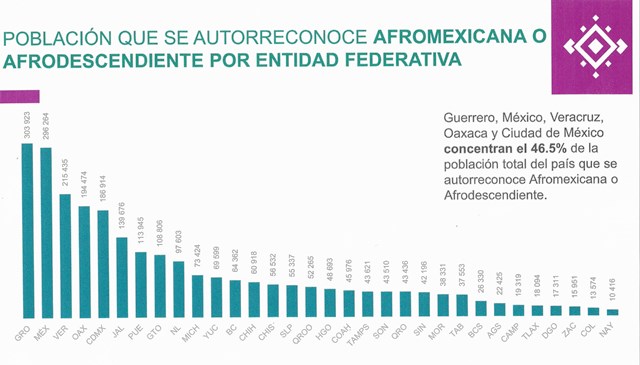
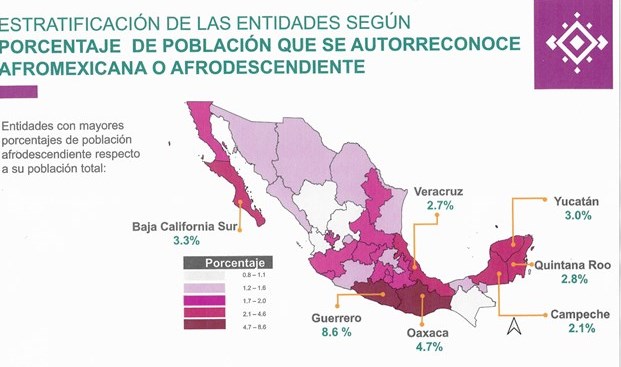
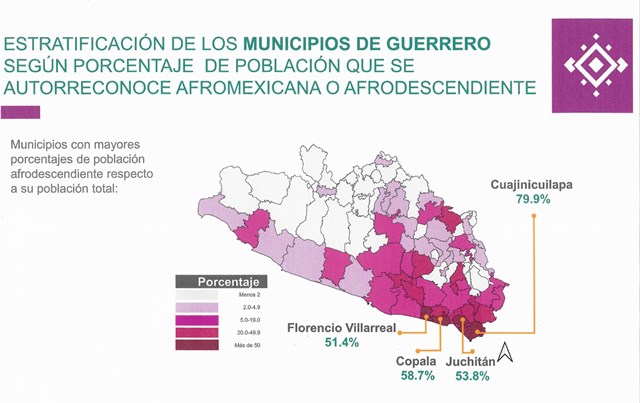
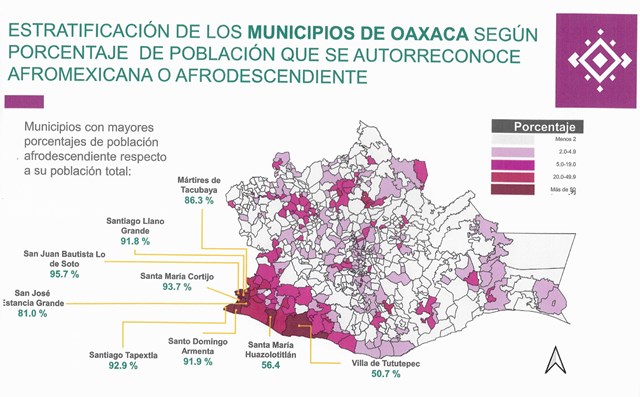
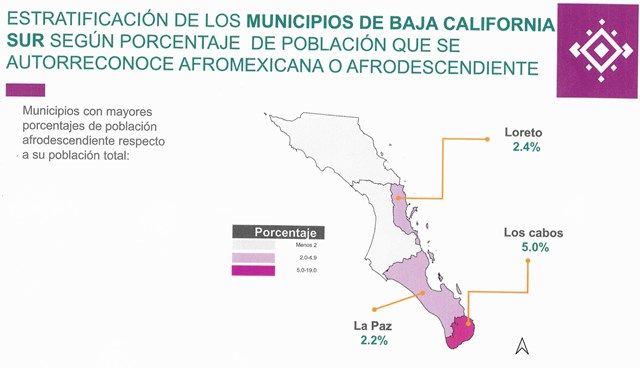
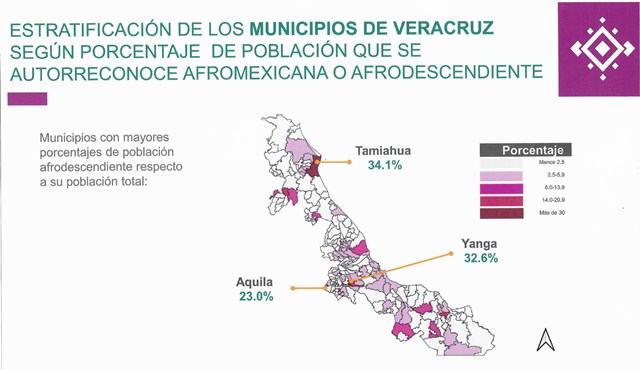
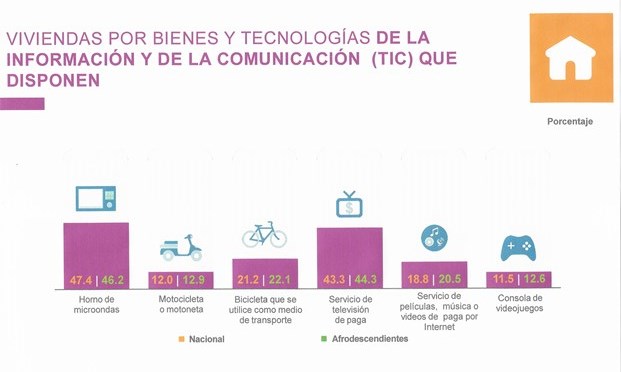
A surprise!
Dual citizens (like me!) and Permanent Residents were counted in the census. A total of 42,275 people or 1.6% of the total Afromexican population were born in another country. The largest population of foreign-born are from the United States – 11,565 people, representing 27% of the total foreign-born, more than double that of any other country.

- Reference: Gonzalo Aguirre Beltrán, La población negro en México, Fondo de Cultura Económica, 1946
Related Articles:


